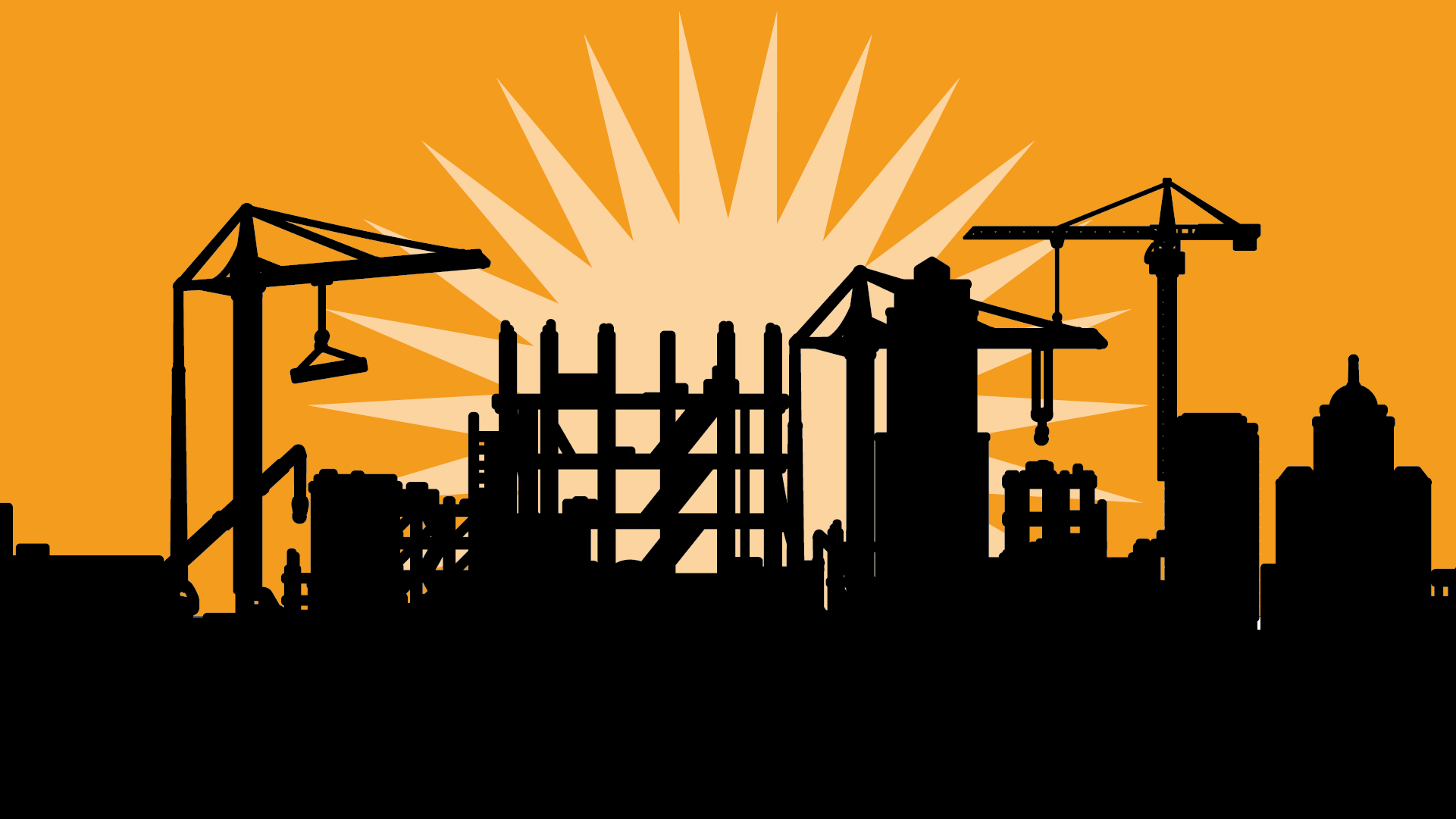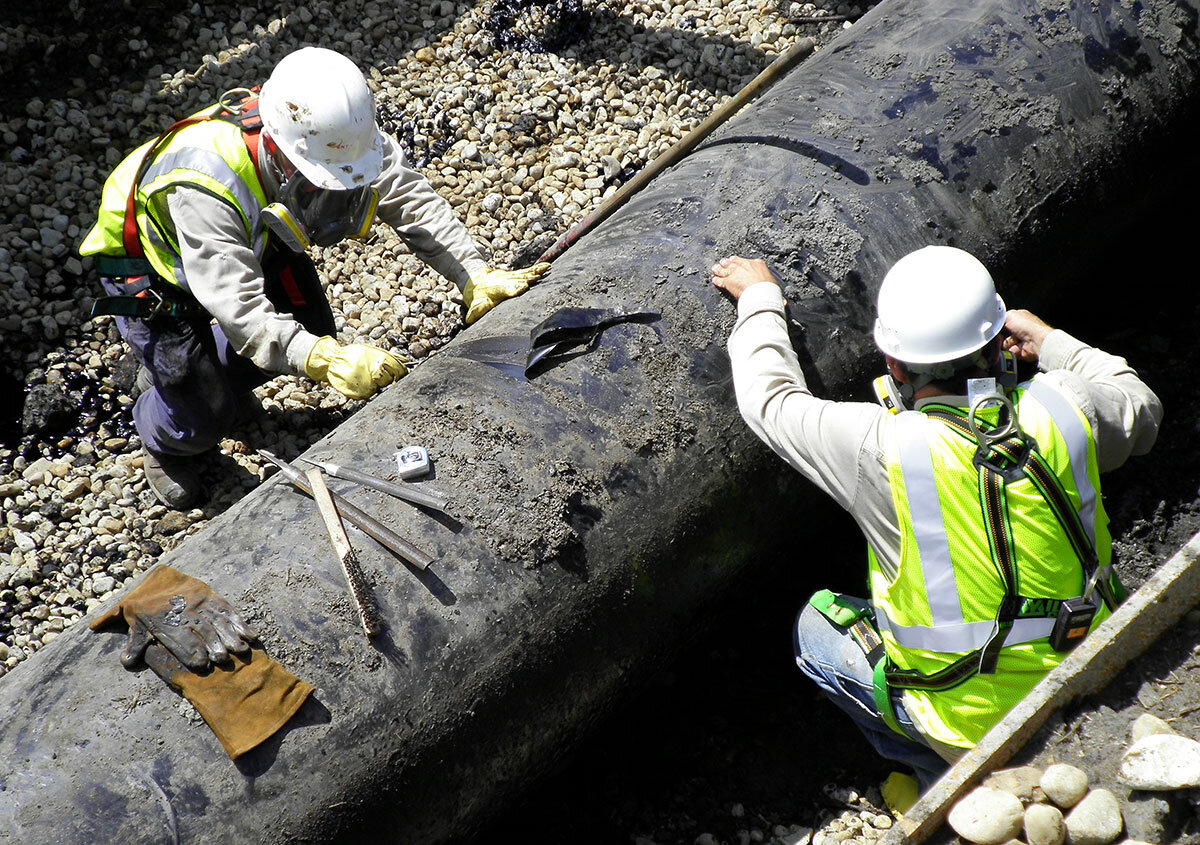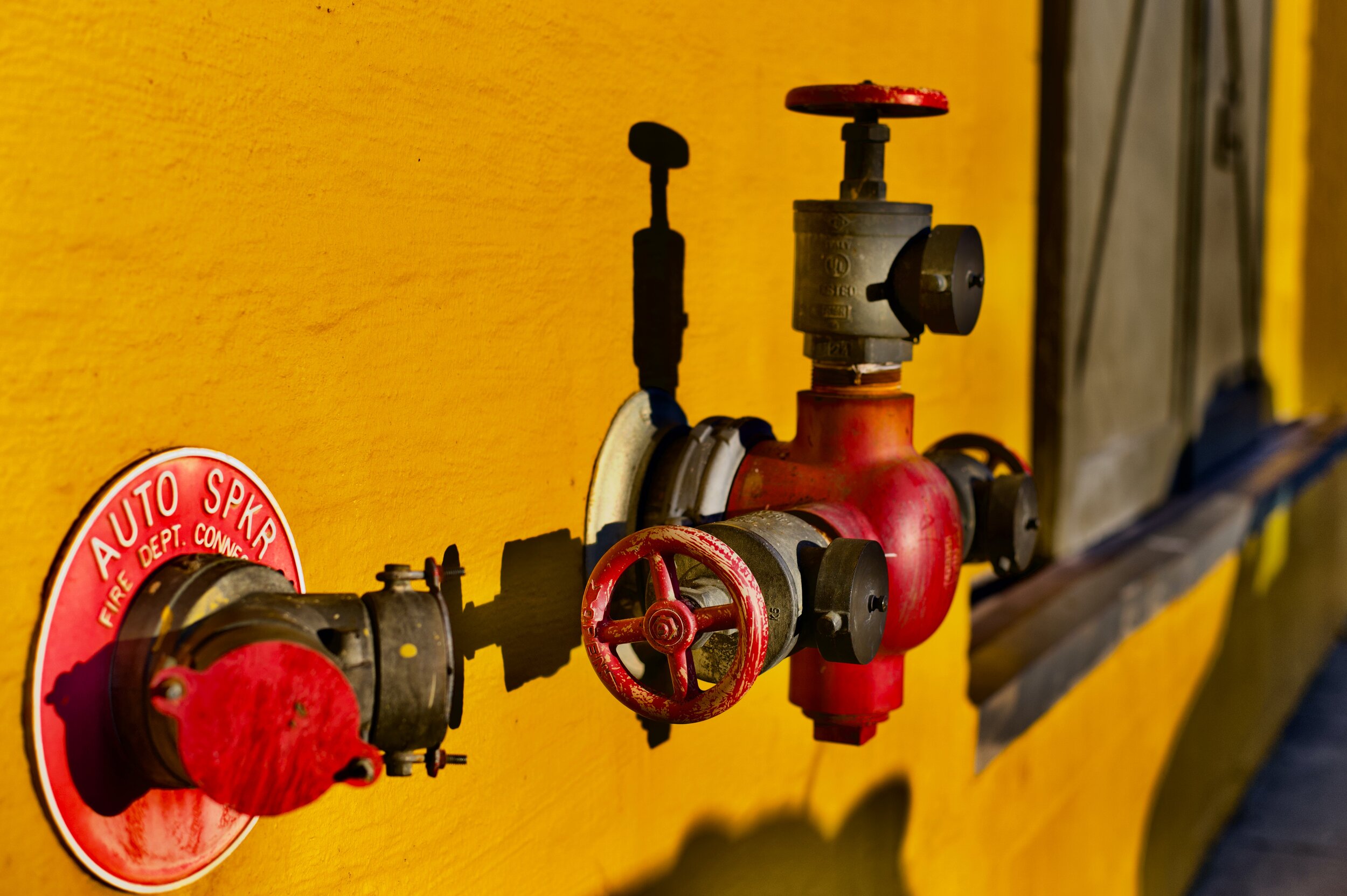
Toolbox Talks
Toolbox Talks safety briefings are an easy and efficient way to keep construction employees safe.
What are Toolbox Talks?
These brief meetings offer an opportunity for team members to learn about potential hazards and preventive measures, as well as a chance for the employer to review safety regulations. They are a great way to ensure that everyone is aware of the safety protocols that must be adhered to in order to prevent accidents and injuries on the job site.
Each toolbox talk has been reviewed and approved by a subject matter expert at L&I DOSH.
NEW! Search Toolbox Talks
Type a search term in the search box below to view English toolbox talks that match your search query. Or, use the category dropdown to view related talks.
Funding and support for the Toolbox Talks project and mobile apps has been provided by the State of Washington, Department of Labor & Industries, Safety & Health Investment Project.
Common Safety Mistakes
Date Posted: 09/21/2016
Some of the most dangerous situations arise out of common mistakes that can be easily avoided. This Toolbox Talk will focus on some of the more common (and commonly overlooked) safety issues that should be prevented to help improve safety performance.
Concrete Placement
Date Posted: 09/21/2016
Concrete is used on most construction sites. There are hazards resulting from the act of forming, placing and finishing concrete.
Concrete Pumping
Date Posted: 09/21/2016
Concrete pumping is an economical and efficient means of placing concrete on most jobs in the construction industry today. Every person on the job-site should understand the hazards that can occur when air is compressed in the hose. Following proper safety guidelines enables a safe, successful and profitable concrete pour.
Construction Material Salvage
Date Posted: 09/20/2016
Construction Material Salvage typically requires the deconstruction of a building in a way that preserves building materials for future reuse. The salvage of lumber, bricks, steel, windows, stone, floor coverings, ornamental items, etc. are common, if in good condition, for the reuse in new structures. It is becoming more necessary as virgin materials are more expensive. The reuse of salvaged materials also reduces unnecessary landfilling.
Construction Pollution Prevention
Date Posted: 09/20/2016
Construction Activity Pollution Prevention requires a lot of coordination and onsite management lending itself to potential overlap and collaboration opportunities between sustainability and safety. There are a number of parallels between safety supervision and construction activity pollution prevention that can make a jobsite and the surrounding community safer.
Cool Roofing
Date Posted: 09/19/2016
All employees working on the roof should be tied off unless additional safety features such as a guardrail have been put into place.
Crane Safety
Date Posted: 09/19/2016
This talk applies to all types of cranes, including mobile cranes, overhead or gantry cranes and jib cranes. It is important to understand the characteristics and methods to operate your crane safely. The U.S. Department of Labor cites an average of 82 deaths per year due to crane accidents at construction sites alone.
Cutting and Welding
Date Posted: 09/19/2016
Welding and cutting pose several hazards on the jobsite. Following proper guidelines and wearing appropriate attire, you can eliminate the possibility of an accident.
Demolition Safety
Date Posted: 09/18/2016
Demolition is high-risk work and adequate preparations are required. Falls and premature collapse of structures are the greatest risk. Communication is the best line of defense to reduce injury.
Diesel Exhaust
Date Posted: 09/18/2016
Diesel engines provide power to a wide variety of vehicles, heavy equipment and machinery in a large number of industries such as construction, transportation, mining, agriculture and types of manufacturing operations.
Driver Safe Work Zone
Date Posted: 09/18/2016
Unexpected traffic delays can be avoided by following specific guidelines at the Traffic Control Zone.
Drywall Installing Safety
Date Posted: 09/17/2016
Workers who handle drywall sheets are at high risk of overexertion and fall injuries. Drywall installers spend most of the day standing, bending, or stretching. This work is physically demanding.
Electrical Ground Safety
Date Posted: 09/17/2016
It is critical to understand where electricity is located on a jobsite in order to avoid electrocutions of electrical workers.
Electric Powertools and Cords
Date Posted: 09/16/2016
Use only electrical equipment that is approved for use in the workplace and for the type of work to be performed. The use of approved equipment does not eliminate all dangers if the equipment is damaged or is used in adverse conditions, such as in rain or wet areas.
Exit Route Safety
Date Posted: 09/15/2016
An exit route is a continuous and unobstructed path from any point within a workplace to a place of safety.
Extension Ladder Safety
Date Posted: 09/15/2016
Ladders are probably the most used and misused piece of access and egress equipment and their usage accounts for a large percentage of accidents. Keep attention to details when working with ladders. Ensure that you choose a ladder that is tall enough for you to safely access your work area or reach your task. The ladder must also be strong enough to support you and your tools, and suitable for your work environment.
Fall Protection
Date Posted: 09/15/2016
Falls are the most frequent cause of fatalities in construction and annually account for one of every three construction-related deaths. Fall protection trigger heights will vary depending on the task being performed. The “trigger height” is the minimum height at which fall protection is required. Know the trigger heights for your work and use fall protection as required.
Fire Extinguisher Systems and Maintenance
Date Posted: 09/14/2016
Using the proper fire extinguisher is extremely important and the use of the wrong type may actually spread the fire. All fire extinguishers have a label to tell you what fires they can extinguish.
Fire Prevention
Date Posted: 09/14/2016
When workers think of fire prevention, they often think of fire extinguishers and having them close by to prevent a larger fire. When fire prevention is done right, it eliminates the need of a fire extinguisher.
First Aid
Date Posted: 09/13/2016
The priorities of first aid are to; save life, prevent casualty’s condition from getting worse and to seek medical help as soon as possible. If you know basic first aid, you could save a life. As an employee, you are not required to provide first aid if you are not comfortable.
Download the FREE
Toolbox Talks App!
Discover, discuss, and document over 150 Toolbox Talks! The Toolbox Talks app makes it simple to find safety talks for both construction and marine industries in English, Spanish, and Russian. Find a talk to review, then document your safety briefing with a signature capture form that generates a PDF of the meeting details that you can email or save to your device.
Funding and support for the Toolbox Talks project and mobile apps has been provided by the State of Washington, Department of Labor & Industries, Safety & Health Investment Project.


























